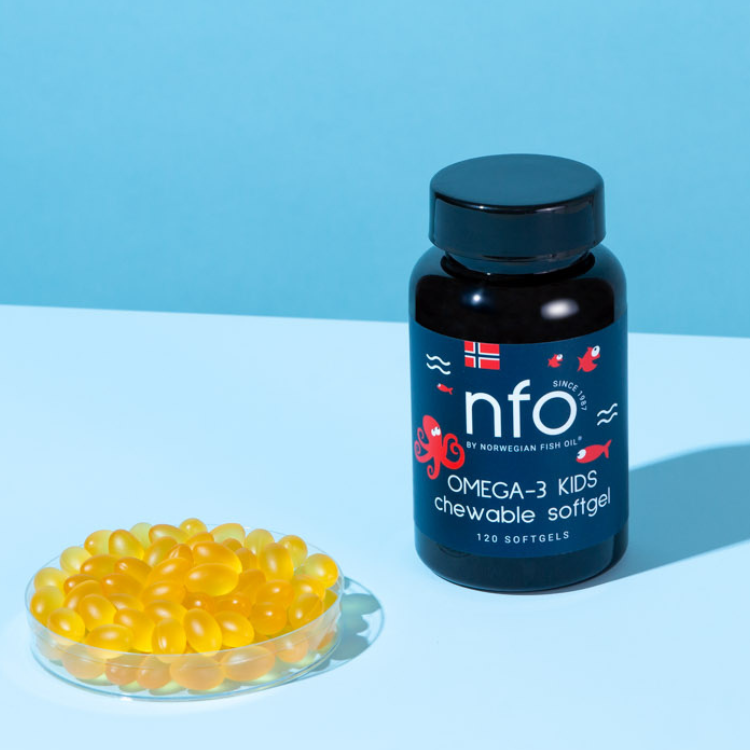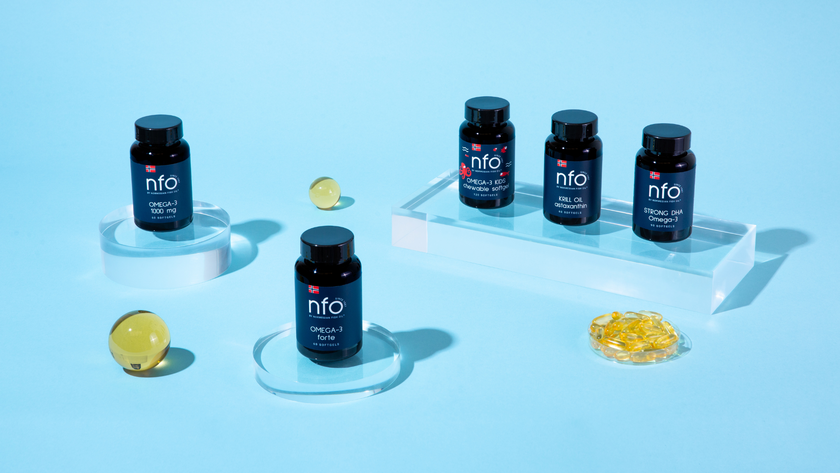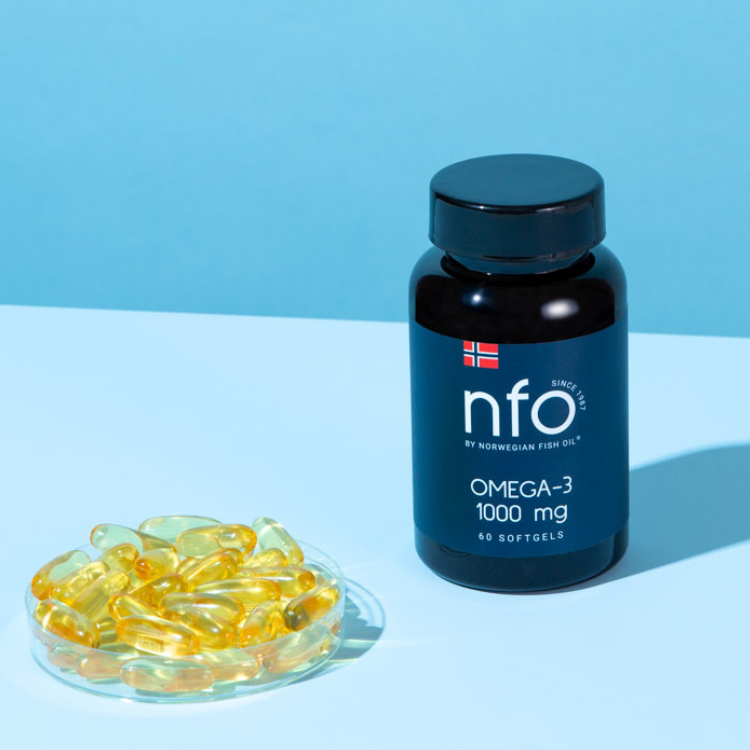1. Introduction
Vitamin D, often called the “sunshine vitamin,” is essential for children’s growth and health. It helps build strong bones, supports the immune system, and plays a role in mental development. However, many children around the world still do not get enough. This article explains why vitamin D matters, how much kids need, signs of deficiency, and what parents can do to help.
2. What is Vitamin D?
Vitamin D is a fat-soluble vitamin that helps absorb calcium and phosphorus—two minerals important for bones and teeth. There are two main forms: D2 (from plants) and D3 (from sunlight and animal foods). D3 is the preferred type because it raises vitamin D levels more effectively in the body.
3. Why Kids Need Vitamin D
- Bone growth: It helps prevent rickets, a disease causing weak and soft bones (Weiler et al., 2020).
- Immunity: It supports immune cells that fight infections (Aranow, 2011).
- Mood and brain: It may help reduce the risk of depression in teens (Anglin et al., 2013).
- Cell health: It helps regulate how cells grow and divide (Christakos et al., 2016).
4. How Much Vitamin D Do Children Need?
The recommended daily intake is:
- 0–12 months: 400 IU (10 micrograms)
- 1–18 years: 600 IU (15 micrograms)
These amounts can be higher in children who are at risk of deficiency or live in areas with little sunlight (Holick, 2007).
5. Causes of Vitamin D Deficiency in Children
- Not enough sun exposure (due to indoor living or cold climate)
- Darker skin, which reduces vitamin D production
- Exclusive breastfeeding without vitamin D drops
- Poor diet lacking fatty fish or fortified foods
- Medical conditions like celiac or kidney disorders
6. Symptoms and Health Risks
- Bone pain or deformities (rickets)
- Delayed walking or muscle weakness
- Frequent colds or infections
- Poor growth or dental issues
7. Breastfed Babies and Vitamin D
Breast milk is the best food for babies, but it contains very little vitamin D. That’s why the CDC recommends a daily supplement of 400 IU for all breastfed infants (CDC, 2023).
One easy solution is the NFO Vitamin D3 Baby Spray. It’s specially made for babies, easy to use, and supports healthy development from day one.
8. Food Sources and Supplementation
- Fatty fish like salmon, sardines, and tuna
- Egg yolks and liver
- Fortified dairy and plant-based milk
- Cod liver oil
Since most children don’t eat enough of these foods, a supplement is often needed. Try NFO's D3 Spray for safe and effective support.
9. Sunlight and Skin Tone
Our skin makes vitamin D when exposed to sunlight. However, factors like darker skin, sunscreen use, pollution, and indoor lifestyles can limit this. Kids need about 15–30 minutes of midday sun on skin (arms and legs) several times a week—but this varies greatly by location and season.
10. Global Deficiency Rates
Vitamin D deficiency affects millions of children worldwide. Studies show 30–70% of kids in the Middle East, Europe, and Asia have low levels (Bassil et al., 2013; Wacker & Holick, 2013). Even in sunny regions, indoor lifestyles and clothing can reduce vitamin D production.
11. Immune System and Infections
Vitamin D activates T-cells, the immune warriors in the body. Low vitamin D levels are linked to more respiratory infections, such as colds and the flu (Martineau et al., 2017).
12. Teen Mental Health and Mood
New studies show vitamin D may help protect against depression, anxiety, and behavior problems in teens (Khoshbakht et al., 2018). Healthy levels may support focus, calmness, and emotional balance.
13. Can Kids Get Too Much?
Yes, but only if they take very high doses over a long time. Too much vitamin D can cause nausea, weight loss, and kidney issues. Stick to recommended amounts unless a doctor advises more.
14. Health Authority Guidelines
- WHO: Recommends vitamin D supplements for children in low-sunlight regions (WHO, 2019)
- AAP: 400 IU/day for infants, 600 IU/day for older children
- NIH: Lists vitamin D as essential for all age groups (NIH, 2023)
15. Conclusion
Vitamin D is key to strong bones, a healthy immune system, and balanced mood in children. Due to sun protection, modern diets, and breastfeeding, many children don’t get enough. Parents can help by using safe supplements like the NFO Vitamin D3 Baby Spray. Simple steps today mean strong, healthy kids tomorrow.
References
- Aranow, C. (2011). Vitamin D and the Immune System. J Investig Med, 59(6), 881–886. Link
- Anglin, R.E.S. et al. (2013). Vitamin D deficiency and depression. Br J Psychiatry, 202(2), 100–107. Link
- Bassil, D. et al. (2013). Vitamin D deficiency in the Middle East. Dermato-Endocrinology, 5(2), 274–298. Link
- Christakos, S. et al. (2016). Vitamin D metabolism and action. Physiol Rev, 96(1), 365–408. Link
- Khoshbakht, Y. et al. (2018). Vitamin D and mental health. Nutrition Neuroscience, 22(8), 495–506. Link
- Martineau, A.R. et al. (2017). Vitamin D and respiratory infections. BMJ, 356, i6583. Link
- NIH (2023). Vitamin D Fact Sheet. Link
- Weiler, H. et al. (2020). Update on rickets. Eur J Clin Nutr, 74, 1650–1659. Link
- Wacker, M., & Holick, M.F. (2013). Vitamin D and health. Nutrients, 5(1), 111–148. Link
- WHO (2019). Nutrient requirements guideline. Link









